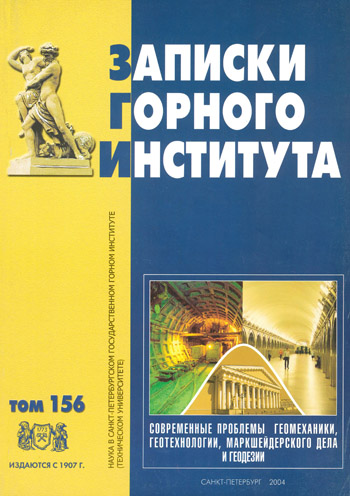Mathematical model of rock massif deformation and fracture
- Intersectoral Research Center VNIMI
Abstract
A mathematical model of rocks as a continuous medium, describing the deformation and fracture along the oriented directions of existing or emerging systems of weakening, is proposed. Its main provisions: the strength of rocks of elementary volume is evaluated at each stage of loading along the possible directions; the degree of loading along the corresponding planes, determined by the acting stresses and strength properties along the planes of disturbances and solid material, is taken as a measure of stress state; irreversible deformation and destruction in the material develop along the planes with intensity that depends on the degree of loading along them. Examples of calculation of deformation of cylindrical samples of salt rocks under conditions of short-term and long-term laboratory tests using the proposed model are given.
